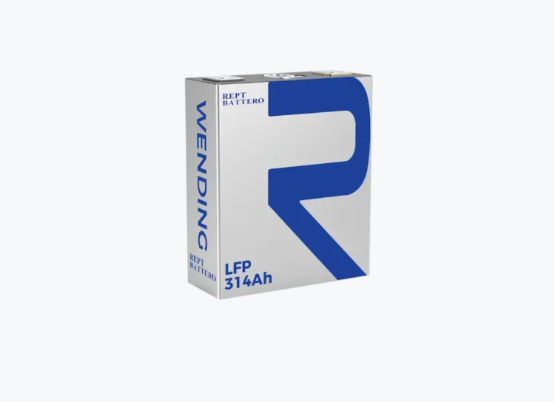LFP battery cells, or lithium iron phosphate batteries, are increasingly popular in various applications, from electric vehicles to renewable energy storage systems. Understanding how these batteries function is essential for maximizing their benefits and capabilities. This article explores the inner workings of LFP battery cells, highlighting their structure, operation, and advantages.
The Structure of LFP Battery Cells
LFP battery cells are characterized by their unique chemical composition, which includes lithium, iron, and phosphate. This structure provides several advantages over other lithium-ion batteries. The cathode is made from lithium iron phosphate, while the anode is typically composed of graphite. The electrolyte, which allows ions to move between the anode and cathode, plays a critical role in the REPT battery‘s overall performance.
The arrangement of these components is designed to enhance safety and efficiency. Unlike other lithium-ion batteries, LFP battery cells are less prone to thermal runaway, making them a safer option for high-demand applications. Their stable chemical properties allow them to withstand higher temperatures and more rigorous charging cycles, contributing to their longevity.
How Energy is Stored and Released
The operation of LFP battery cells is based on the movement of lithium ions between the anode and cathode during charge and discharge cycles. When the battery is charged, lithium ions move from the cathode to the anode through the electrolyte. This process stores energy in the REPT battery.
When discharging, the reverse occurs: lithium ions flow back to the cathode, releasing energy that can be used to power devices or electric vehicles. The efficiency of this process is crucial; LFP battery cells can achieve high efficiencies, often exceeding 96% under optimal conditions. This efficiency translates into less energy loss during charging and discharging, making LFP batteries an attractive option for various applications.
Advantages of LFP Battery Technology
LFP battery cells offer numerous advantages that make them suitable for both commercial and industrial applications. One of the primary benefits is their impressive cycle life. Many LFP batteries can endure over 10,000 charge and discharge cycles, making them highly durable and cost-effective over time. This longevity is particularly important for applications requiring consistent and reliable power, such as renewable energy systems and electric buses.
Additionally, LFP battery cells are environmentally friendly. The materials used in their production are less toxic and more abundant compared to those used in other lithium-ion batteries, such as cobalt. This makes LFP batteries a more sustainable option, aligning with global efforts to reduce the environmental impact of energy storage solutions.
Moreover, LFP battery cells have a significant calendar life, often exceeding 20 years. This extended lifespan ensures that users can rely on these batteries for long-term applications without the need for frequent replacements.
LFP battery cells represent a pivotal advancement in battery technology, combining safety, efficiency, and sustainability. Their unique structure enables them to store and release energy effectively, making them suitable for a wide range of applications. As industries increasingly prioritize reliable and environmentally friendly energy solutions, the adoption of LFP battery technology is expected to grow.
A Trusted Name in Battery Innovation
REPT BATTERO is at the forefront of battery technology, providing advanced LFP battery cells designed for next-generation systems. With high energy density, exceptional efficiency, and long cycle life, their products deliver reliable performance for various applications, ensuring a sustainable future for energy storage.


